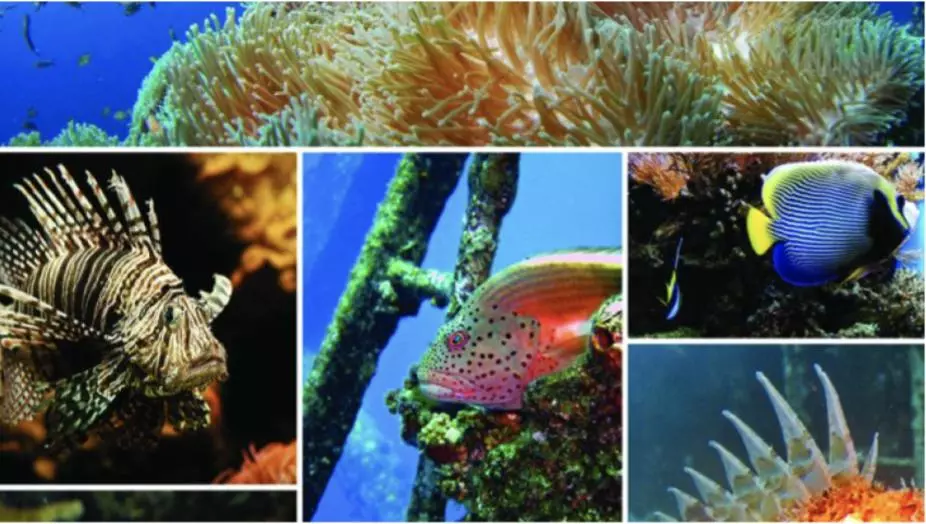
All you need to know about High Seas Treaty, facilitated by UN
The UN has been negotiating the development of a new legally binding global instrument on the conservation and sustainable use of marine biodiversity in areas beyond national jurisdiction

The United Nations has been negotiating the development of a new legally binding international instrument on the conservation and sustainable use of marine biodiversity in areas beyond national jurisdiction since 2018.
This instrument is referred to as the BBNJ (Biodiversity Beyond National Jurisdiction) agreement. It is more commonly known as the ‘High Seas Treaty’. After five rounds of negotiations, the agreement was finally reached on March 4, 2023, at the United Nations headquarters in New York.
Also Read: United Nations: CNRI Calls for Framework of Collaborative Governance to Resolve Global Crisis
What is this treaty?
The Marine Biodiversity of Areas Beyond National Jurisdiction (BBNJ) agreement aims to provide a framework for the conservation and sustainable use of marine biodiversity in areas beyond national jurisdiction, such as the high seas and the deep seabed.
What does it cover?
MGR
The BBNJ agreement includes provisions on the conservation and sustainable use of marine biodiversity in areas beyond national jurisdiction, as well as on the management of marine genetic resources (MGR) and the sharing of benefits arising from their use.
ABMT
The agreement also includes provisions on Area-Based Management Tools (ABMT), such as marine protected areas.
Also Read: 70.5 per cent Indians can’t afford a healthy diet, says a United Nations report
EIA
Environmental impact assessments (EIA) will ensure that activities in these areas are conducted in an environmentally sustainable manner.
Capacity building and transfer of tech
Finally, the agreement also emphasizes the importance of capacity-building and technology transfer to support the effective implementation of the agreement.
Accolades pour in
The UN Secretary-General, António Guterres, has commended member countries for reaching a milestone in the preservation and sustainable exploitation of marine biodiversity beyond national borders. He hailed the newly adopted text as a “landmark achievement” after almost 20 years of discussions.
The statement by the UN Secretary-General emphasized the importance of the BBNJ decision in achieving the ocean-related goals and targets of the 2030 Agenda for Sustainable Development and the Kunming-Montreal Global Biodiversity Framework.
The reference to the ’30×30′ pledge relates to the commitment made at a UN conference in Montreal in December to protect one-third of the world’s biodiversity on both land and sea by 2030.
The Secretary-General also praised the BBNJ decision for building on the UN Convention on the Law of the Sea (UNCLOS) and recognized the ambition, flexibility, and perseverance of all parties involved.
Also Watch: India set to overtake China as world’s most populous nation: United Nations
Finally, the Secretary-General commended Ambassador Rena Lee of Singapore for her leadership and dedication in the negotiations.
International Maritime Organization has welcomed the landmark agreement on a new ocean treaty with Secretary-General Kitack Lim saying the treaty will reinforce efforts to protect biodiversity in oceans.
“Following almost two decades of discussions and negotiations, I am pleased to see the conclusion of the new legally binding instrument on marine biodiversity in areas beyond national jurisdiction, which was finalized in New York on Saturday, 4 March. This landmark achievement will no doubt reinforce efforts to protect biodiversity in line with the 2030 Agenda for Sustainable Development aims and the Kunming-Montreal Global Framework for Biodiversity,” said Kitack Lim.
The agreement will now be presented to the United Nations General Assembly for adoption and implementation by the international community.

